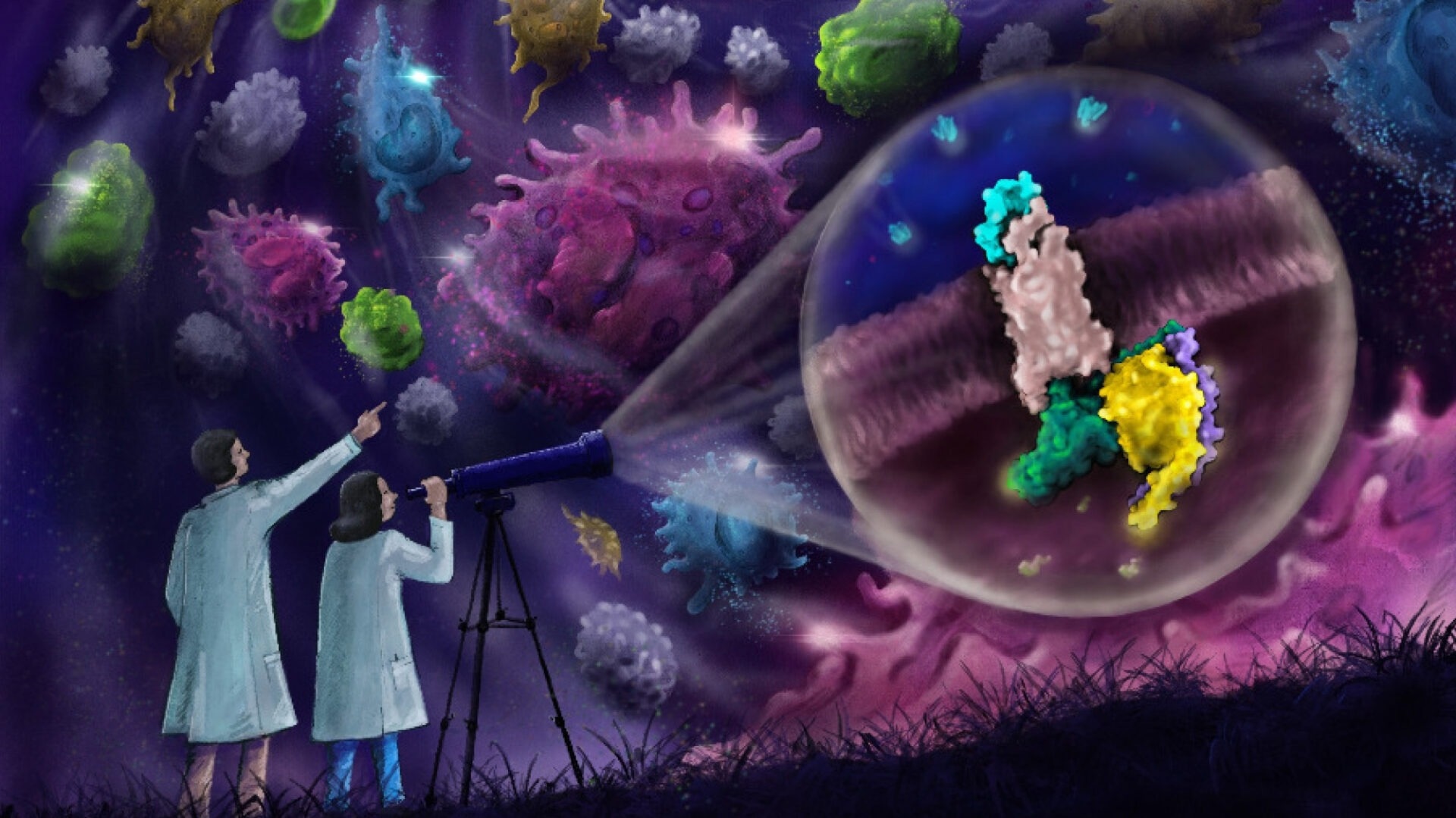Certain immune system proteins play critical roles in defending the body against pathogens and other infectious bodies. A new study from the USC Michelson Center for Convergent Bioscience’s Bridge Institute, in partnership with multinational teams from India, Australia, and Switzerland, sheds insight on these proteins.
 Researchers peering into the workings of cells reveal how immune system proteins interact to mount an immune response. Image Credit: Jagannath Maharana/IIT Kanpur.
Researchers peering into the workings of cells reveal how immune system proteins interact to mount an immune response. Image Credit: Jagannath Maharana/IIT Kanpur.
The research might open the path for novel therapies for a variety of disorders, including severe COVID-19 cases, rheumatoid arthritis, neurological diseases, and cancer.
The complement cascade, a set of processes triggered when potential threats are recognized, is crucial for the human immune response. This process generates protein messengers, C3a and C5a, which activate particular receptors on cells, triggering a chain reaction of internal signals. The precise processes of these receptors, particularly the enigmatic C5aR1, have remained unknown.
The researchers obtained precise images of these receptors in motion using the sophisticated technology of cryo-electron microscopy (cryo-EM). These images show how receptors interact with molecules, change form when activated, and communicate inside the cell.
This research offers significant and comprehensive insights into a crucial receptor family within the immune system.”
Cornelius Gati, Assistant Professor, Biological Sciences, Chemistry, and Quantitative and Computational Biology, Dornsife College of Letters, Arts and Science, University of Southern California
The study's findings reveal possible routes for the creation of drugs targeting these receptors to treat a variety of diseases, according to Gati, who directs USC’s cryo-EM laboratory, which is open to researchers worldwide.
As the world continues to deal with diseases that affect millions, knowing the subtleties of the immune system becomes increasingly important. This study, which was published in the journal Cell on October 17th, 2023, contributes to that knowledge by laying the groundwork for future studies aimed at harnessing the strength of the bodies’ natural defenses.
Source:
Journal reference:
Yadav, M. K., et al. (2023). Molecular basis of anaphylatoxin binding, activation, and signaling bias at complement receptors. Cell. doi.org/10.1016/j.cell.2023.09.020